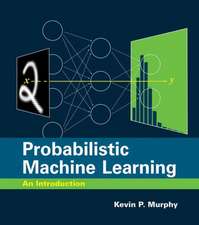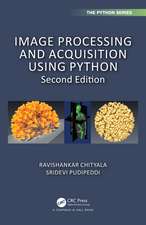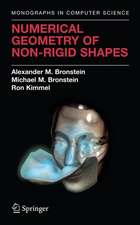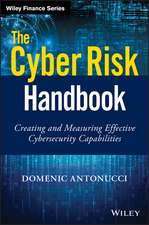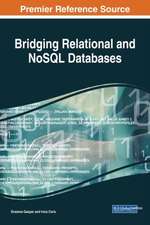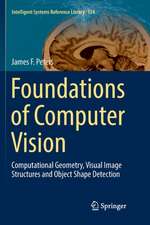Hands-On Computer Vision with TensorFlow 2
Autor Benjamin Planche, Eliot Andresen Limba Engleză Paperback – 30 mai 2019
Key Features
- Discover how to build, train, and serve your own deep neural networks with TensorFlow 2 and Keras
- Apply modern solutions to a wide range of applications such as object detection and video analysis
- Learn how to run your models on mobile devices and web pages and improve their performance
Computer vision solutions are becoming increasingly common, making their way into fields such as health, automobile, social media, and robotics. This book will help you explore TensorFlow 2, the brand new version of Google's open source framework for machine learning. You will understand how to benefit from using convolutional neural networks (CNNs) for visual tasks.
Hands-On Computer Vision with TensorFlow 2 starts with the fundamentals of computer vision and deep learning, teaching you how to build a neural network from scratch. You will discover the features that have made TensorFlow the most widely used AI library, along with its intuitive Keras interface. You'll then move on to building, training, and deploying CNNs efficiently. Complete with concrete code examples, the book demonstrates how to classify images with modern solutions, such as Inception and ResNet, and extract specific content using You Only Look Once (YOLO), Mask R-CNN, and U-Net. You will also build generative adversarial networks (GANs) and variational autoencoders (VAEs) to create and edit images, and long short-term memory networks (LSTMs) to analyze videos. In the process, you will acquire advanced insights into transfer learning, data augmentation, domain adaptation, and mobile and web deployment, among other key concepts.
By the end of the book, you will have both the theoretical understanding and practical skills to solve advanced computer vision problems with TensorFlow 2.0.
What you will learn
- Create your own neural networks from scratch
- Classify images with modern architectures including Inception and ResNet
- Detect and segment objects in images with YOLO, Mask R-CNN, and U-Net
- Tackle problems faced when developing self-driving cars and facial emotion recognition systems
- Boost your application's performance with transfer learning, GANs, and domain adaptation
- Use recurrent neural networks (RNNs) for video analysis
- Optimize and deploy your networks on mobile devices and in the browser
Preț: 222.52 lei
Preț vechi: 278.15 lei
-20% Nou
Puncte Express: 334
Preț estimativ în valută:
42.58€ • 44.29$ • 35.16£
42.58€ • 44.29$ • 35.16£
Carte tipărită la comandă
Livrare economică 14-28 aprilie
Preluare comenzi: 021 569.72.76
Specificații
ISBN-13: 9781788830645
ISBN-10: 1788830644
Pagini: 372
Dimensiuni: 191 x 235 x 21 mm
Greutate: 0.69 kg
Editura: Packt Publishing
ISBN-10: 1788830644
Pagini: 372
Dimensiuni: 191 x 235 x 21 mm
Greutate: 0.69 kg
Editura: Packt Publishing
Notă biografică
Dr. Benjamin Planche is a passionate research scientist in computer vision and machine learning. His main research efforts focus on data scarcity problems and industrial vision systems, leading to numerous patents and publications at international conferences. He worked in various research labs around the world (including in France, Japan, Germany, and the USA).Benjamin obtained his Ph.D. summa cum laude from the Faculty of Computer Science and Mathematics at the University of Passau, under the supervision of Prof. Dr. Harald Kosch. He also has a double master's degree from INSA-Lyon (France) and the University of Passau (Germany), with first-class honors and a multinational excellence award. He also likes sharing his knowledge and experience on various platforms or applying them to the creation of aesthetic demos.
Descriere
Computer vision is achieving a new frontier of capabilities in fields like health, automobile or robotics. This book explores TensorFlow 2, Google's open-source AI framework, and teaches how to leverage deep neural networks for visual tasks. It will help you acquire the insight and skills to be a part of the exciting advances in computer vision.



